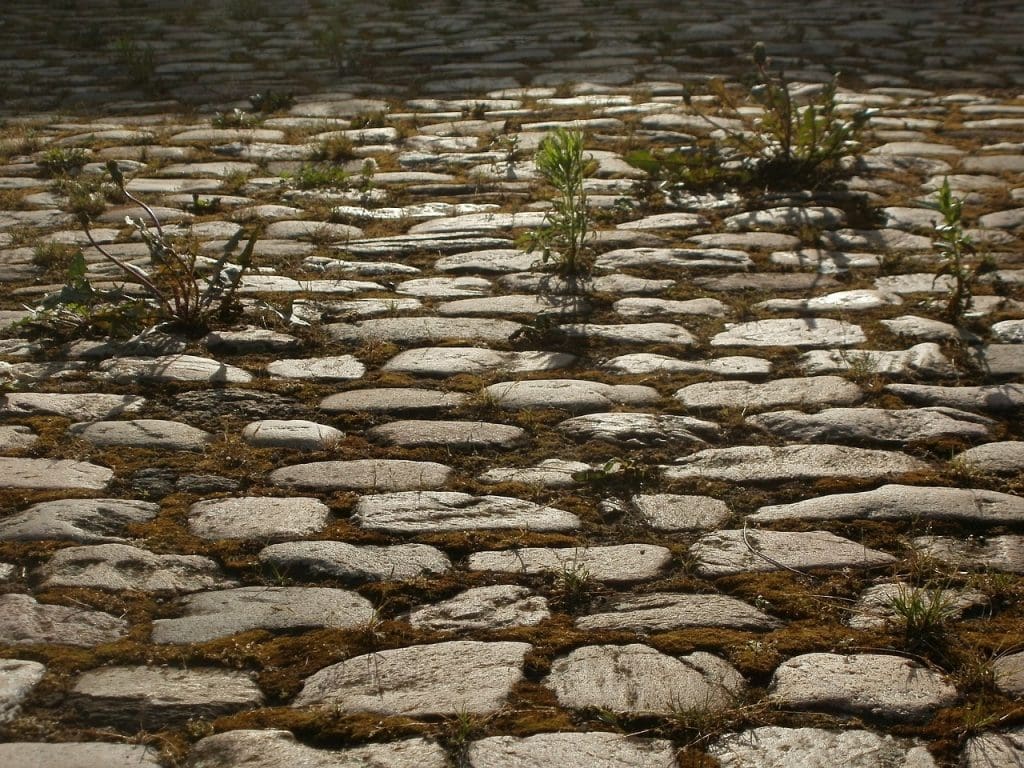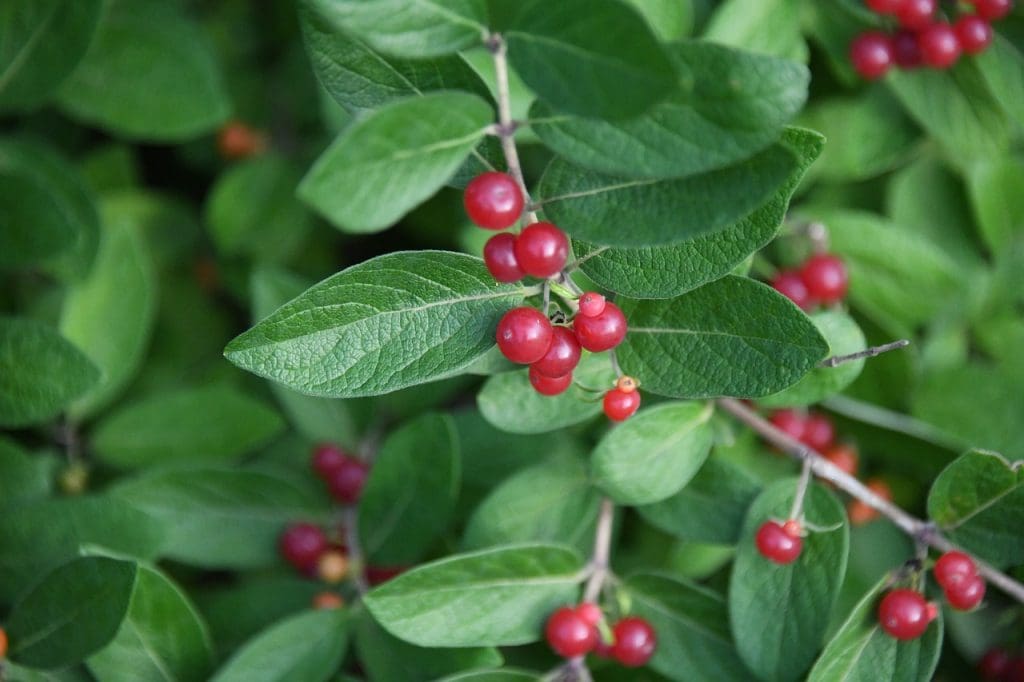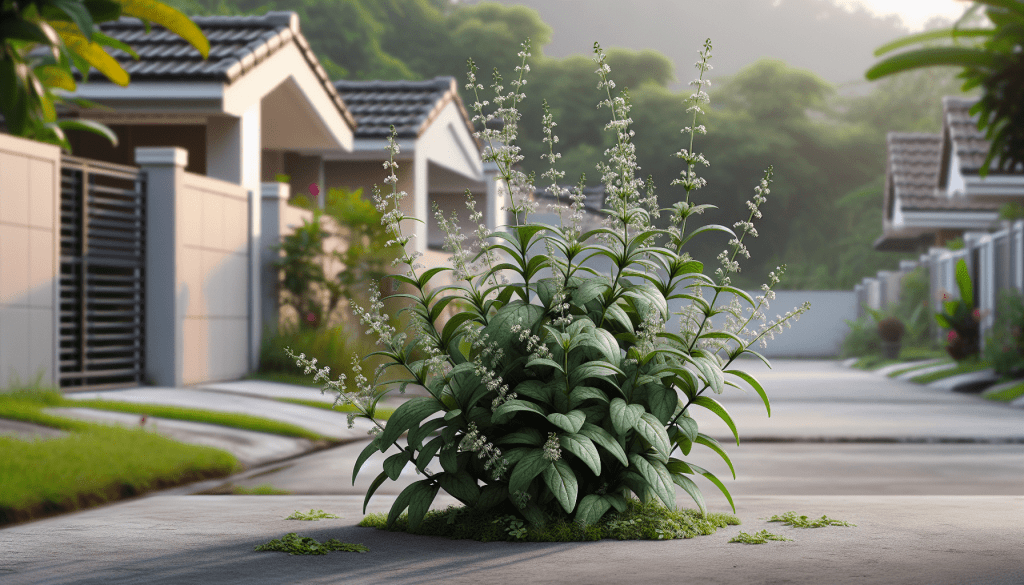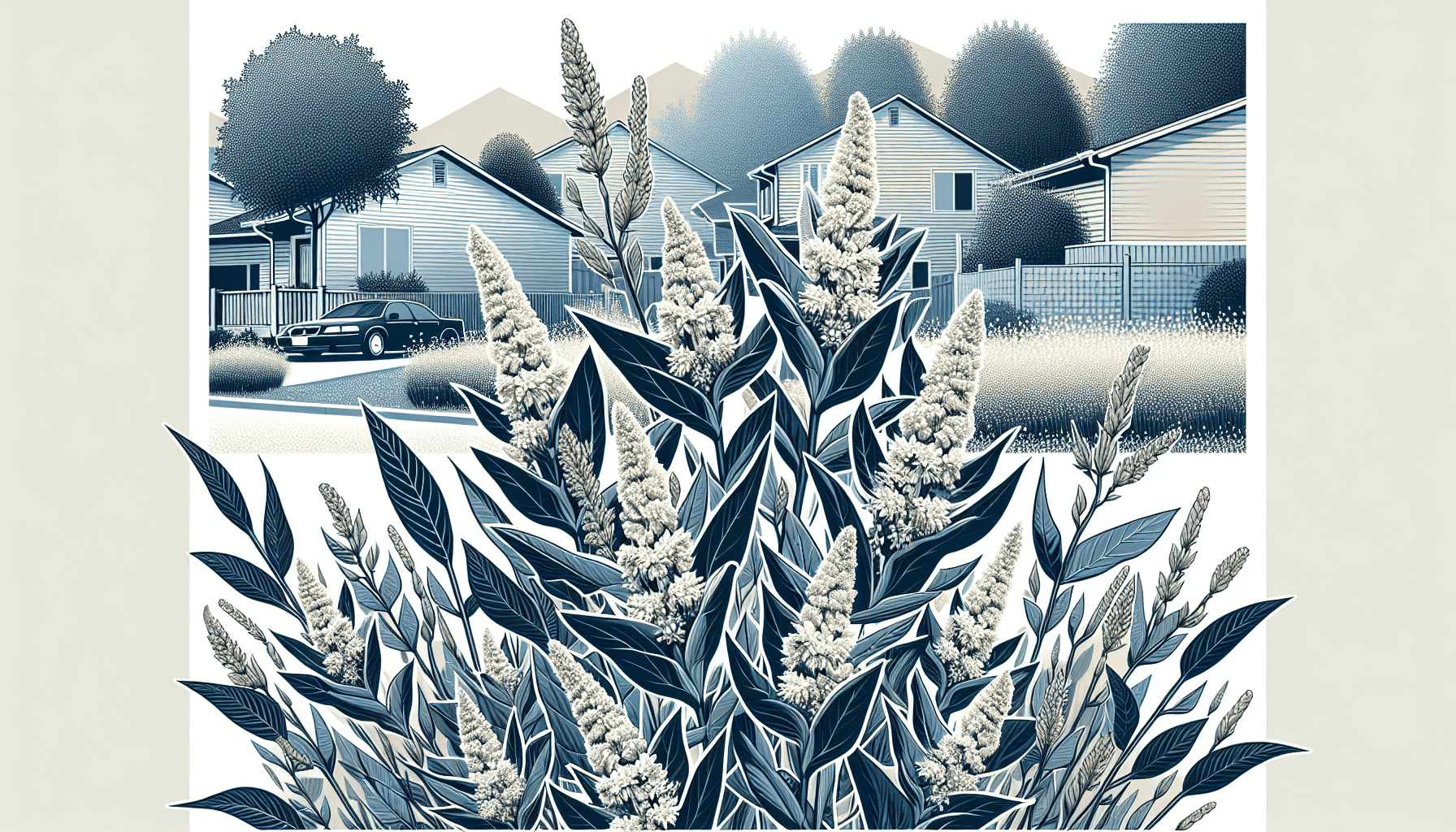Have you ever wandered through your neighborhood and noticed some unfamiliar plants growing in your garden or nearby waterways? You might’ve come across alligator weed without even realizing it. This plant can be quite a nuisance and may even challenge your gardening skills or disrupt the local ecosystem. Understanding what alligator weed is, how it looks, and discovering effective ways to manage it can make a significant difference for your community. So, let’s guide you through identifying and treating this persistent pest!

Understanding Alligator Weed
What is Alligator Weed?
Alligator weed (Alternanthera philoxeroides) is an invasive plant species that originated in South America. Over time, it has spread to other continents, making its way into the United States. This plant typically grows in both water and on land, thriving especially well in warm, moist environments. Imagine it as a green traveler, always finding ways to adapt and spread across new territories.
Why Is It a Problem?
You might wonder why a plant could cause any significant issues. Alligator weed can be particularly problematic because it grows rapidly, forming dense mats that can cover waterways, crowd out native plant species, and hamper agricultural activities. In the aquatic environment, it blocks light and reduces oxygen levels, negatively impacting fish and other aquatic life. On land, it competes with crops for nutrients and space, often leading to reduced yields.
Identifying Alligator Weed
Characteristics of Alligator Weed
Identifying alligator weed requires a keen eye since its appearance can slightly vary depending on whether it grows in water or on land. Here are some essential features to help you recognize it:
- Leaves: The leaves are opposite, simple, and lance-shaped. They are typically around 2 to 12 cm long.
- Stems: These are hollow, which helps the plant float on water surfaces.
- Flowers: Small, white, and usually found in clusters resembling clover flowers.
Common Look-Alikes
It’s easy to mistake alligator weed for a few other plant species. Here are some look-alikes, so you won’t confuse them:
| Plant Name | Key Differences |
|---|---|
| Hygrophila | Sturdier stems, purple flowers |
| Ludwigia (Water Primrose) | Larger yellow flowers, not hollow stems |
| Frogbit | Smaller leaves, floats on the water surface |
The Growth and Spread of Alligator Weed
How Does It Spread?
Alligator weed spreads predominantly through stem fragments. Any breakage or cutting, whether accidentally or through attempts to remove it, can lead to further spread. Water currents, machinery, or even garden tools can scatter these fragments over large areas. Think of it like a puzzle where each piece can start a new puzzle of its own.
Effects of Its Spread
Once established, alligator weed is difficult to eradicate. Its extensive root system allows it to quickly regenerate from small pieces. This persistent growth can cause:
- Clogging of waterways, impacting water quality and transportation.
- Reduction of agricultural productivity due to the competition.
- Increasing control costs and efforts in managing native biodiversity.
Techniques for Treating Alligator Weed
Manual Removal
Manually removing alligator weed can be effective in small patches, but it requires consistent effort. Here’s what you can do:
- Pulling: Uprooting the entire plant, including the roots, is crucial to prevent regeneration.
- Regular Checks: Revisit and monitor the area persistently to tackle any regrowth.
While manual removal is labor-intensive, think of it as an eco-friendly exercise session that helps preserve your neighborhood’s biodiversity.
Chemical Control
When manual removal isn’t enough, specific herbicides can help control alligator weed. Selecting the right chemical is crucial for efficacy and environmental safety. Always follow usage directions carefully.
- Herbicide Types: Glyphosate and 2,4-D are commonly used against alligator weed.
- Application: Some treatments may require repeated applications for efficacy.
Remember, using chemicals means you need to be mindful of adjacent plants, water sources, and wildlife to prevent unintended harm.
Biological Control
Introducing natural predators or pathogens is another method to control alligator weed without harming the environment significantly. For example:
- Agasicles hygrophila: A beetle that feeds specifically on alligator weed, reducing its vigor over time.
Biological control can be part of a broader integrated strategy, gradually helping to restore balance.

Prevention Strategies
Protecting Your Yard
Prevention is often more manageable than tackling an existing problem. Here are some steps to help protect your garden from alligator weed invasion:
- Regular Monitoring: Maintain regular checks for any unknown plants in your garden.
- Educate Your Neighbors: Share information on identifying and mitigating alligator weed to create a community effort.
Waterway Management
If your property is near a water source, additional preventive steps include:
- Maintaining Buffer Zones: Grow native vegetation around the waterway to provide competition against invaders.
- Monitor Water Craft: Ensure boats and machinery don’t harbor plant fragments before moving between bodies of water.
Understanding the Legal Context
Regulatory Measures
Many regions have regulatory frameworks to control and prevent the spread of alligator weed. Familiarize yourself with local laws so you can contribute effectively to community control measures. These could include:
- Report Sightings: Notify local environmental authorities about any large infestations.
- Compliance with Regulations: For instance, restrictions on moving equipment from infested areas.
Following these measures helps maintain local biodiversity and protects community resources.

Challenges and Considerations
Balancing Control Efforts With Conservation
While it’s crucial to control alligator weed, ensure that strategies do not adversely affect native species or the environment. Striking the right balance involves using methods like:
- Targeted Applications: Avoiding broad-spectrum herbicides that harm non-target species.
- Monitoring and Adaptation: Keep track of outcomes and adjust methods accordingly.
Community Involvement
Community involvement plays an essential role in alligator weed management. Successful outcomes depend on:
- Educating the Public: Host workshops or educational programs on identifying and managing invasive species.
- Collaborative Efforts: Engage local gardening clubs or environmental groups to pool resources and knowledge.
Utilizing Resources and Support Systems
Government and Non-Governmental Organizations
Seek guidance from agricultural departments, extension services, or environmental NGOs. They can provide:
- Advice and Training: Access to resources and expertise on invasive species control.
- Financial Support: Possible grants or subsidies for large-scale control efforts.
Technological Tools
Consider leveraging tools like apps to track and report sightings or learn about best practices in weed management. It’s like having a pocket advisor that keeps you informed and engaged.

Looking Ahead: Long-Term Impact
Environmental Benefits
Successfully managing alligator weed has numerous long-term benefits, including:
- Biodiversity Restoration: Supporting native plant and animal life.
- Improved Ecosystems: Healthier water bodies and agricultural land leading to sustainable local environments.
Economic Benefits
Improved management of invasive plants can also lead to:
- Increased Agricultural Yields: Reduced competition means healthier crops.
- Reduced Management Costs: Long-term prevention and control reduce the need for costly interventions.
By taking the time to understand and address this pervasive plant, you support both your neighborhood and the broader environment, leaving a positive legacy for future generations. Remember, each action—no matter how small—counts toward a healthier, more balanced ecosystem.
